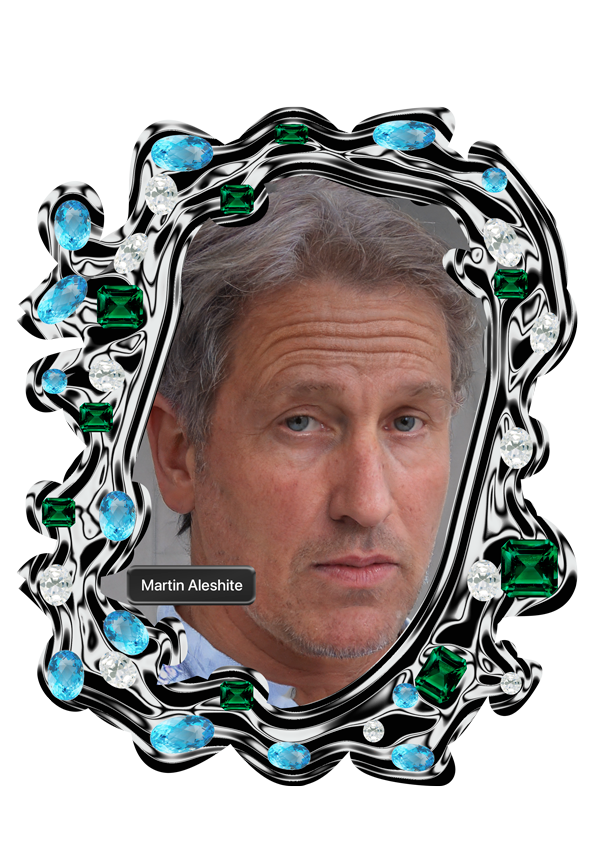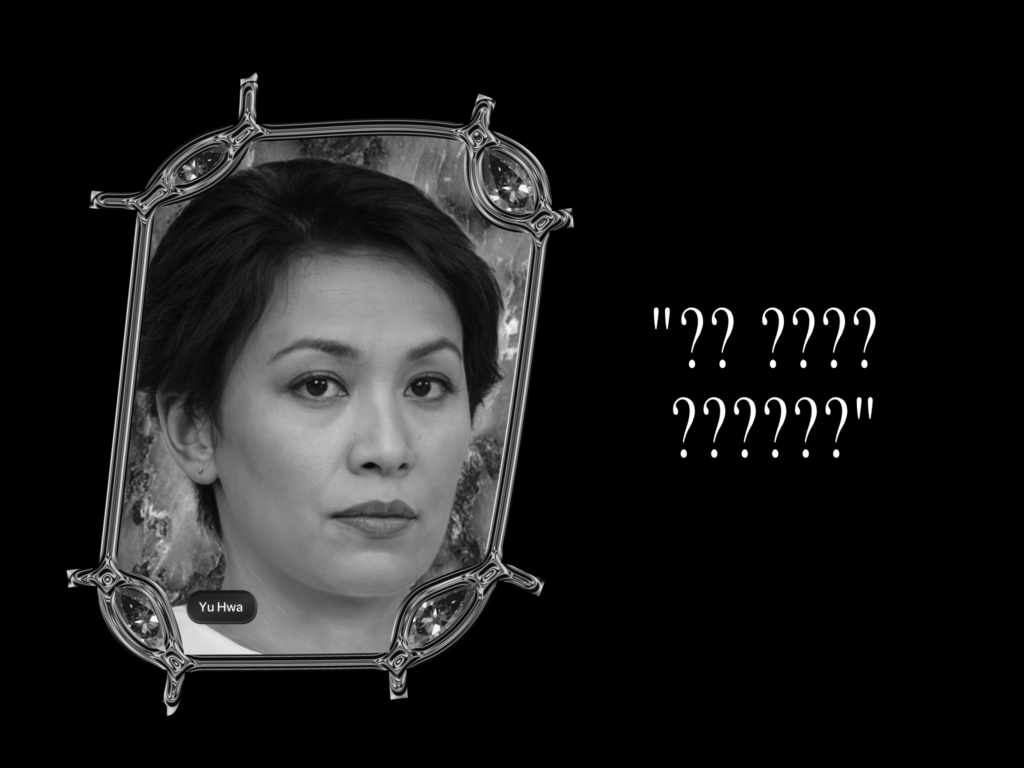
In the Wheel of time: What has been will be again,
What has been done will be done again
by Marina Sammeck
All of us have at some point experienced the feeling of being foreign. Being in different country, a new company, or an unknown group – frequently you don’t event need to cross borders to find yourself in a situation in which you are at the mercy of a system that you don’t understand. Having contact to others often helps us find our way in the new situation. But what if foreignness suddenly became the norm and the new rules of behaviour resembled an unintelligible code language? In What has been will be again, What has been done will be done again, which consists of a video piece and a digital print, South Korean artist Zoyeon focuses on such ambivalent moments of astonishment and helplessness that are associated with dealing with a foreign reality. She links her own experiences as a young Korean in Europe with those of the Dutchman Hendrik Hamel (1630-1692), who following a shipwreck was forced to spend thirteen years in Korea, where he was able to move relatively freely during his internment. In an imaginary journey that freely combines real, documented, and fictive experiences, the artist creates inconclusive situations and meetings, many of which seem surreal, that are recorded in the style of diary and are reminiscent of the abrupt and surprising twists in the novels of Japanese author Haruki Murakami(born 1949). Visually staged using a combination of superimposed text, found material, and simple animation in black-and-white and grey tones, this paradoxical mixture of humour and cruelty initially seems strange.
However, they share a pattern that people who have had to get along in a foreign culture for an extended period of time often experience: double-edged moments in which hospitality and oppression go hand in hand.
Similar to Hamel’s destiny, the protagonist’s narrative begins with a shipwreck that is reminiscent of the tragic ferry accident in South Korea in 2014 in which only 172 of the 476 passengers of the Sewol survived. Rather unmoved about having survived and indifferent about her future, she is rescued by a cargo ship after the initial rescue attempt fails, and she ends up in a city on the coast of a distant country that has no name. After she has fitted herself out with stolen clothes of a major retail brand, she boards a train and randomly detrains at the station called “The Land R”. There, the protagonist has a series of bizarre meetings with inhabitants who treat her like an alien, which ultimately results in her being handed over to the authoritarian administration system that is to decide on the formal aspects of her stay. Along with a companion from her suitcase, the narrator finds herself dependent on bureaucrats in a situation that oscillates between protection and imprisonment.
The detention period is characterised by obscure rules and seemingly random events that in The Land R are part of an established system of norms, involving new contradictions for those who try to learn and follow them. The experience of the narrator, who in the advancement of her own interests is completely dependent on unclear regulations and the benevolence of others, has a certain similarity with the process of integration in a foreign state bureaucracy. Although many events in this Kafka-esque system seem fantastical, there is something deeply authentic about the described and accompanying feelings.
The opulent imagery of the panorama adds visual elements to the journey in The Land R. Digitally assembled from spectacular images of nonspecific landscapes, AI-generated portraits, and photographs of specific food and objects, the diagram-like array of images makes reference to Dutch colonial history, global trade, and European cuisine. Illustrations of sugar, flour, and milk that are loosely set in relation with one another refer to “White” European culture. The digital print invites the viewers to embark on a journey of discovery whose path leads from one scenario to the next like a video game that jumps without actually arriving anywhere.
So where or what is The Land R? Who are those people who supposedly like eating carrots and rock-hard bread, both value and ridicule blond hair, and uphold a paradoxical set of social behavioural rules? It is much too easy to see in these descriptions the biography of the artist as a foreign student in Germany. However, that is not necessarily all that it is about. In the film, the protagonist’s odyssey ends with the spontaneous invitation to a party where she is warmly greeted but still remains an exotic individual who is not really taken seriously. Foreignness does not only comes from difference or deficits; individuals remain outsiders because certain groups think that they are at the centre of things. There is also potential in the often tragicomic contradictions in the scenes of exclusion that Zoyeon constructs-because these situations could be solved by acts of humanity and putting oneself in the situation of others. Zoyeon’s award-winning work 《What has been will be again, What has been done will be done again》 is an entertaining and instructive exercise in this.
Writer: Marina Sammeck
Marina Sammeck (M. A.) is an independent art journalist. On her blog rhineart.com, she regularly publishes review on exhibitons of young contemporary artists in the Rhineland metropolises of Cologne, Düsseldorf, examining exhibitions of Japanese color woodprints in the West. She has been a contributor to gute aussichten’s catalogues and website since 2019.
